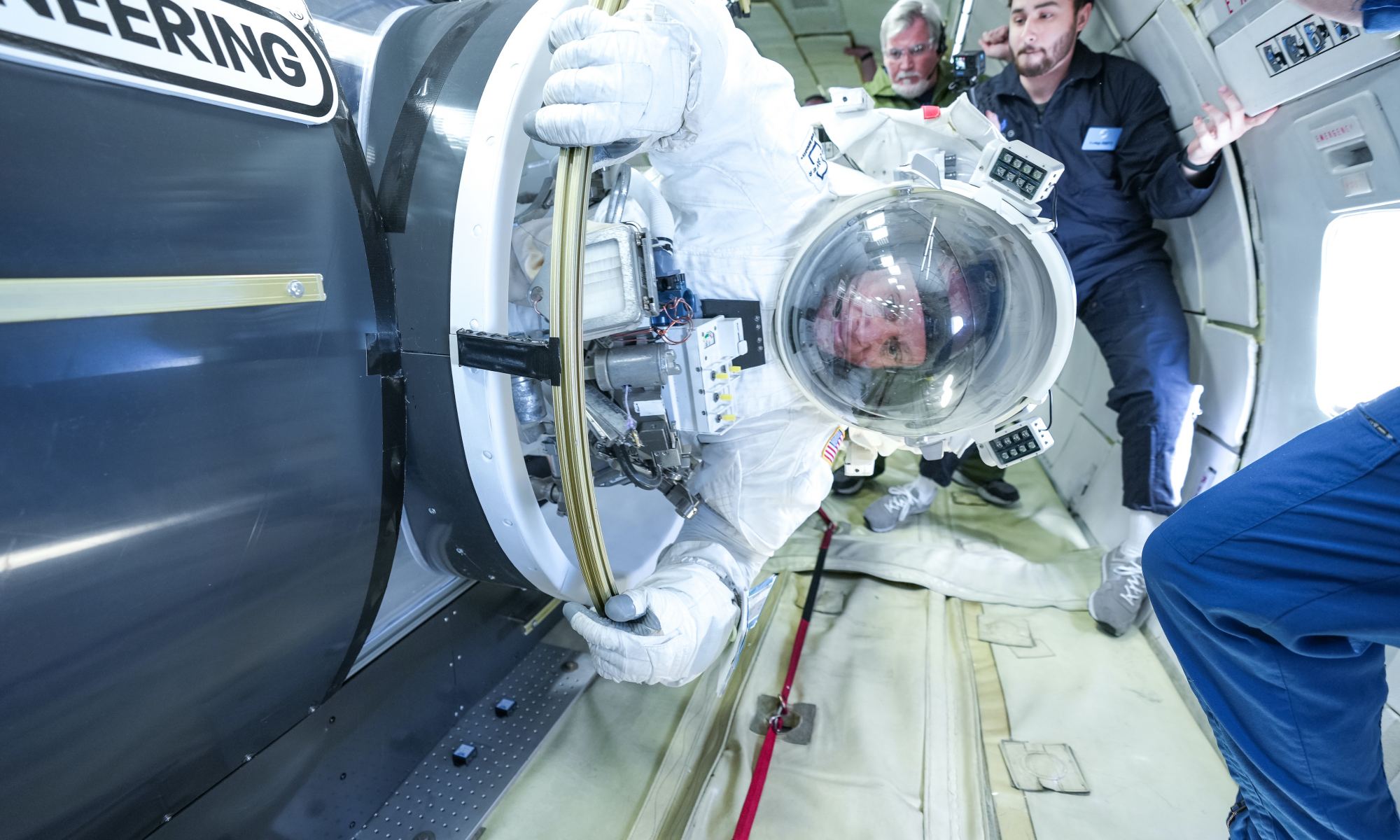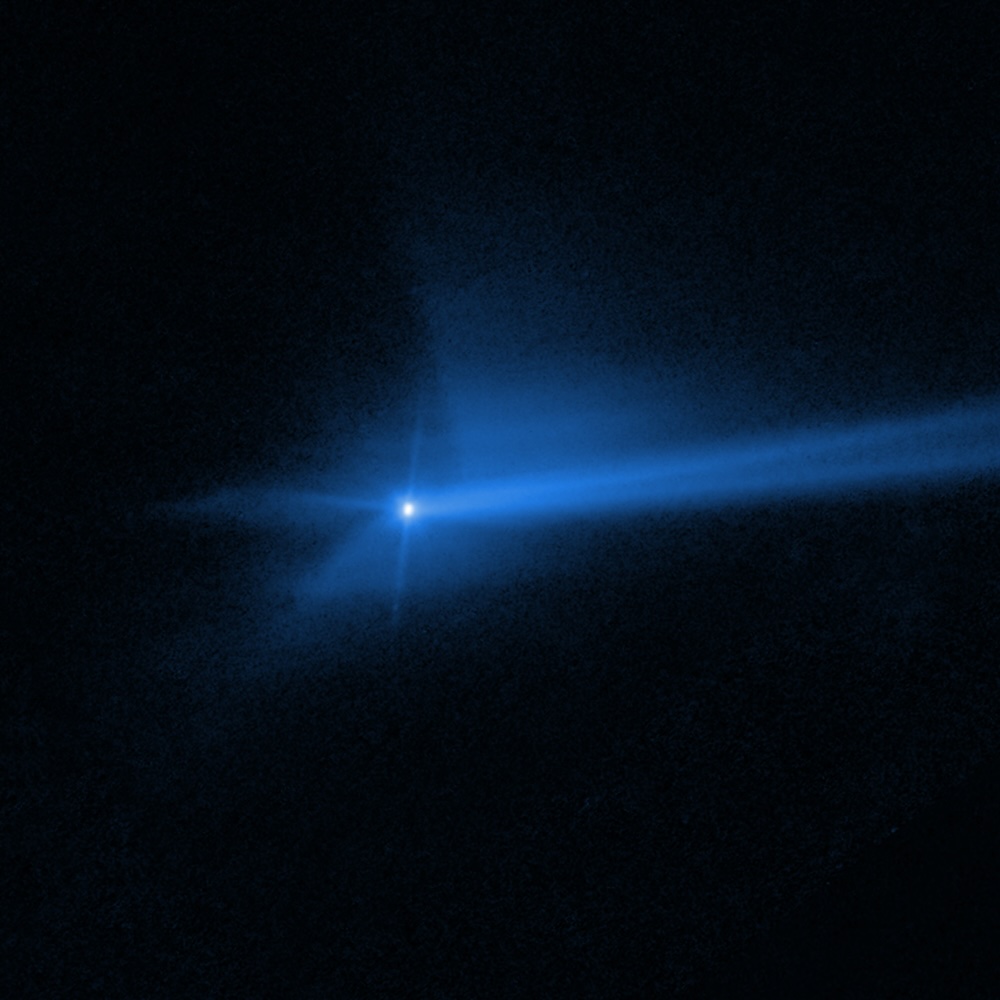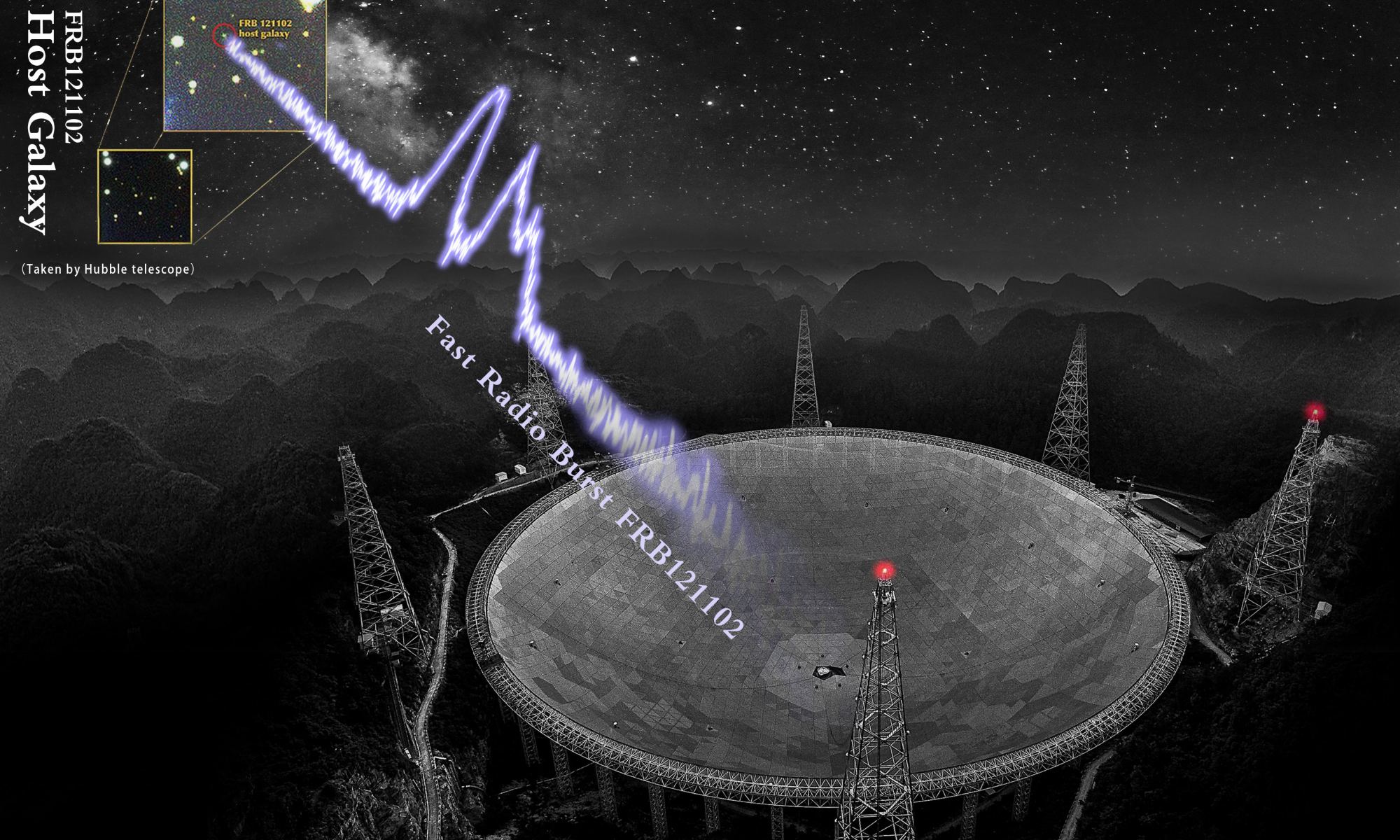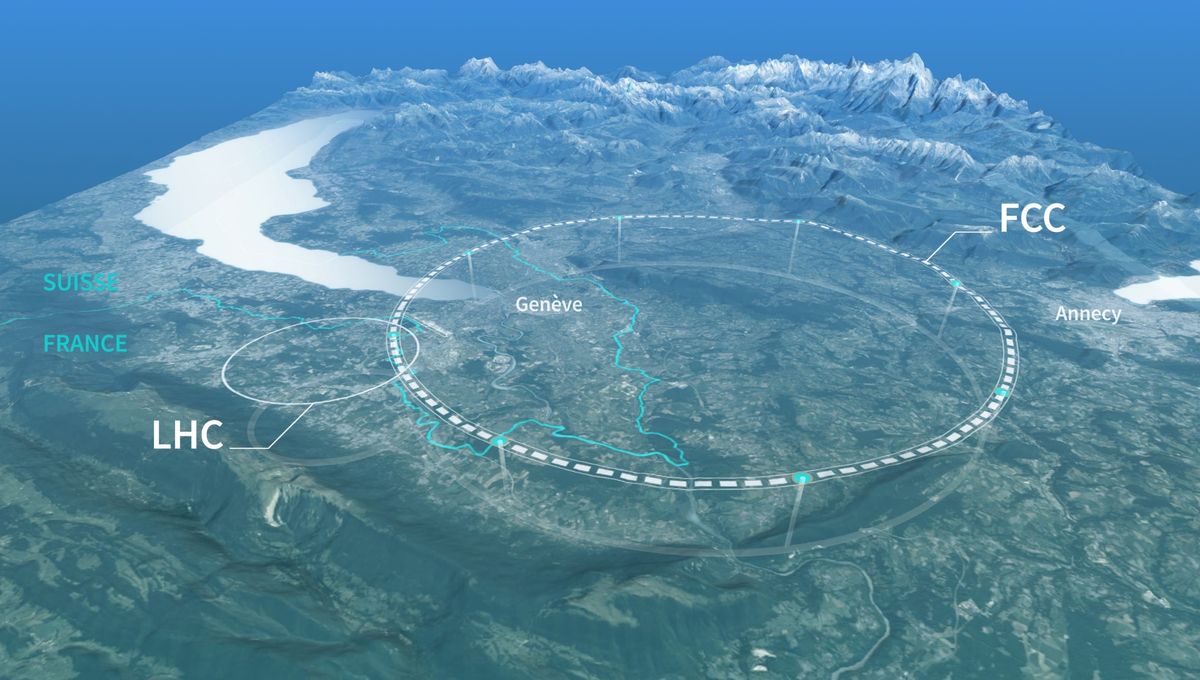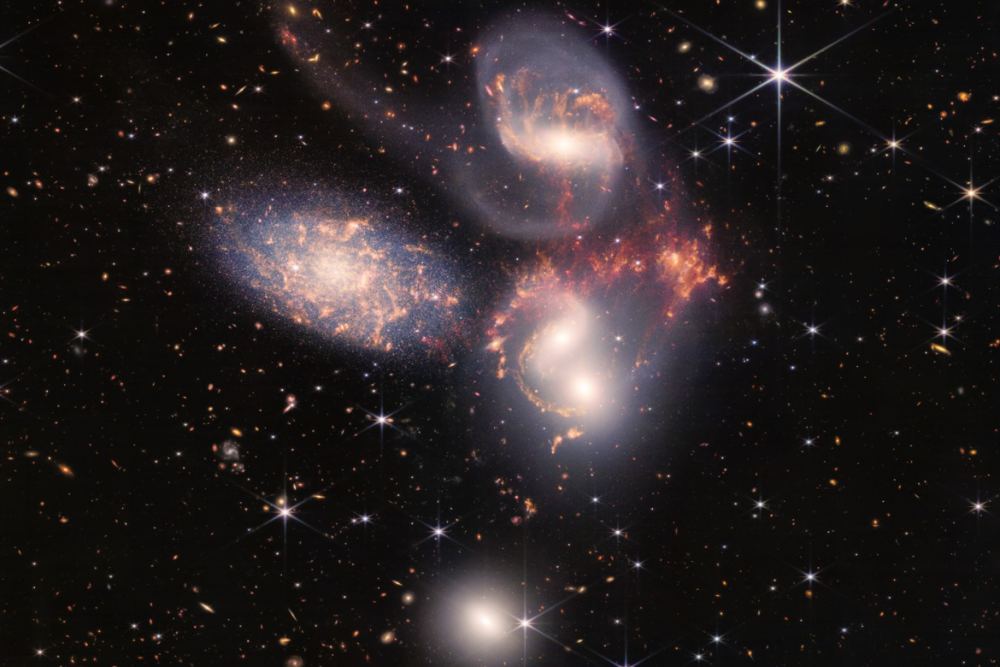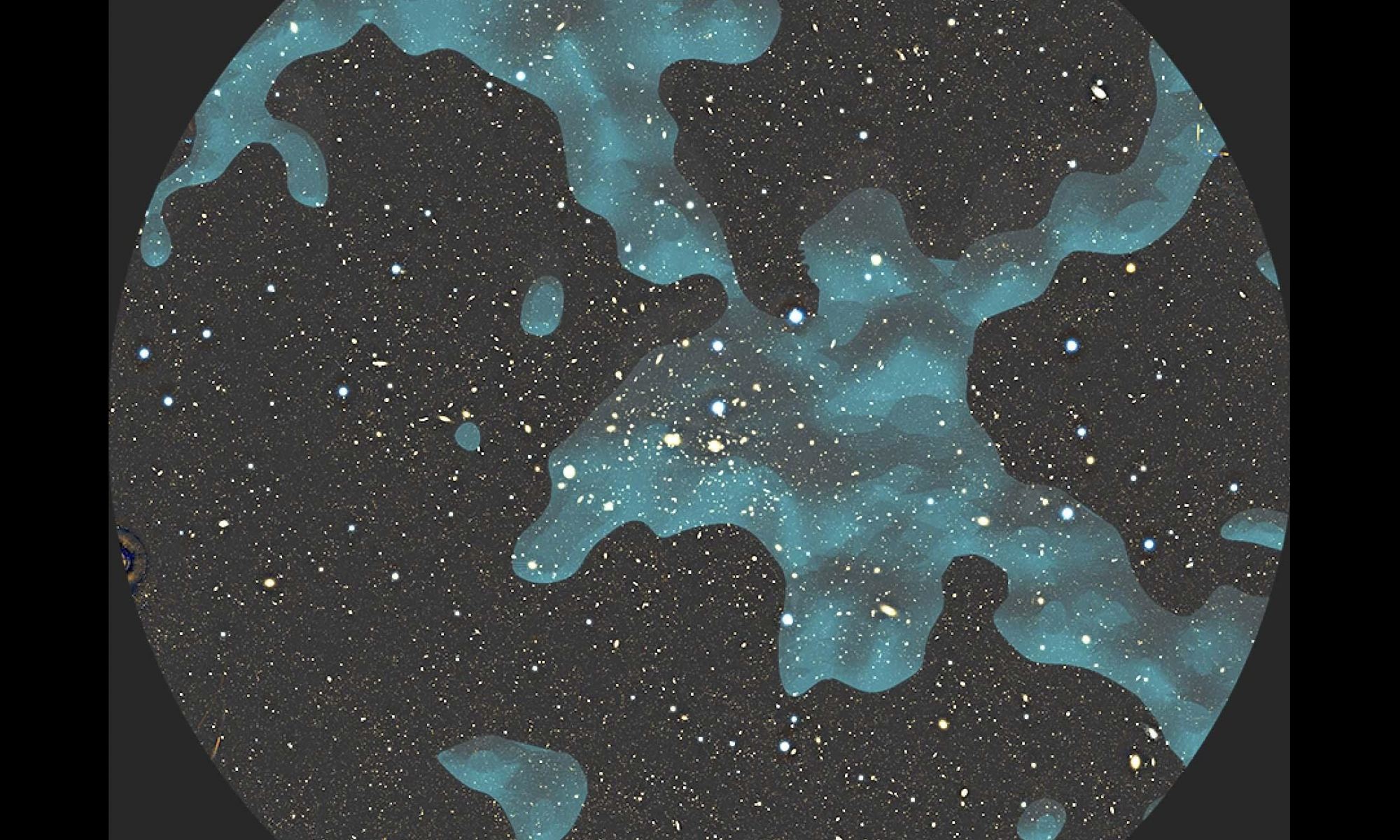Beamed communication in space is almost exclusively tracked by one network – NASA’s Deep Space Network (DSN) is used to communicate with nearly every spacecraft that has made its way past the Moon. Until recently, that has meant exclusively using radio communication, which can be extremely slow compared to other forms. But a recent test shows that, with some modification, DSN’s telescopes can communicate using a much more modern type of technology – space lasers.
Continue reading “One of NASA’s Radio Dishes Can Now Track Space Lasers Too”Next Generation Spacesuit Gets Tested in Weightlessness
Considerable effort goes into the design of space suits and space agencies across the world are always working on improvements to enhance safety and mobility of the designs. NASA is now working with Collins Aerospace to develop their next generation spacesuit for the International Space Station. The new designs are tested extensively and recently, the new design was subjected to a ZeroG flight on board a diving aircraft.
Continue reading “Next Generation Spacesuit Gets Tested in Weightlessness”Water Found on the Surface of an Asteroid
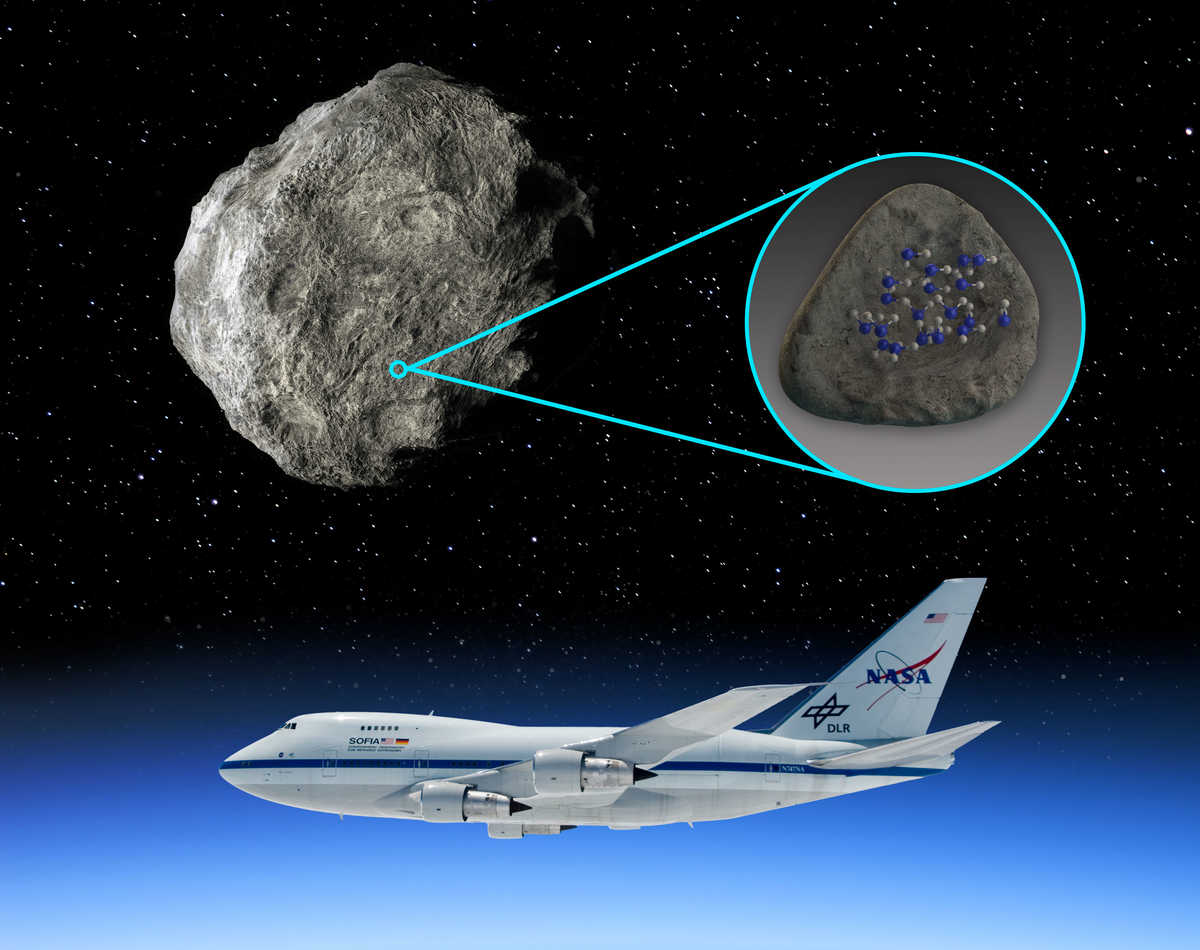
Our Solar System is a collection of objects from planets and moons to comets and asteroids. It’s thought there are upwards of 1 million asteroids orbiting the Sun and it was thought that any water present on them should have evaporate long ago. A recent study using data from the SOFIA infrared telescope discovered water on the asteroids Iris and Massalia.
Continue reading “Water Found on the Surface of an Asteroid”Could We Live Without Kilonovae?
It’s a classic statement shared at many public outreach events…’we are made of stardust’. It is true enough that the human body is mostly water with some other elelments like carbon which are formed inside stars just like the Sun. It’s not just common elements like carbon though for we also have slighly more rare elements like iodine and bromine. They don’t form in normal stars but instead are generated in collisions between neutron stars! It poses an interesting question, without the neutron star merger event; ‘would we exist?’
Continue reading “Could We Live Without Kilonovae?”The Vera Rubin’s Keen Eye On Our Solar System Will Inspire Future Missions

When the interstellar object (ISO) Oumuamua appeared in our Solar System in 2017, it generated a ton of interest. The urge to learn more about it was fierce, but unfortunately, there was no way to really do so. It came and went, and we were left to ponder what it was made of and where it came from. Then, in 2019, the ISO comet Borisov came for a brief visit, and again, we were left to wonder about it.
There’s bound to be more of these ISOs traversing our Solar System. There’s been talk of having missions ready to go to visit one of these interstellar visitors in the future, but for that to happen, we need advance notice of its arrival. Could the Vera Rubin Observatory tell us far enough in advance?
Continue reading “The Vera Rubin’s Keen Eye On Our Solar System Will Inspire Future Missions”What Happened to All Those Boulders Blasted into Space by DART?
It was a $325 million dollar project that was intentionally smashed to smithereens in the interest of one day, saving humanity. The DART mission (Double Asteroid Redirection Test) launched in November 2021 on route to asteroid Dimorphos. Its mission was simple, to smash into Dimorphos to see if it may be possible to redirect it from its path. On impact, it created a trail of debris from micron to meter sized objects. A new paper analyses the debris field to predict where they might end up.
Continue reading “What Happened to All Those Boulders Blasted into Space by DART?”Measuring Distances in the Universe With Fast Radio Bursts
Now and then there is a bright radio flash somewhere in the sky. It can last anywhere from a few milliseconds to a few seconds. They appear somewhat at random, and we still aren’t sure what they are. We call them fast radio bursts (FRBs). Right now the leading theory is that they are caused by highly magnetic neutron stars known as magnetars. With observatories such as CHIME we are now able to see lots of them, which could give astronomers a new way to measure the rate of cosmic expansion.
Continue reading “Measuring Distances in the Universe With Fast Radio Bursts”CERN Wants to Build an Enormous New Atom Smasher: the Future Circular Collider
One of my favourite science and engineering facts is that an underground river was frozen to enable the Large Hadron Collider (LHC) to be built! On its completion, it helped to complete the proverbial jigsaw of the Standard Model with is last piece, the Higgs Boson. But that’s about as far as it has got with no other exciting leaps forward in uniting gravity and quantum physics. Plans are now afoot to build a new collider that will be three times longer than the LHC and it will be capable of smashing particles together with significantly more energy.
Continue reading “CERN Wants to Build an Enormous New Atom Smasher: the Future Circular Collider”Webb Can Directly Test One Theory for Dark Matter
What is it about galaxies and dark matter? Most, if not all galaxies are surrounded by halos of this mysterious, unknown, but ubiquitous material. And, it also played a role in galaxy formation. The nature of that role is something astronomers are still figuring out. Today, they’re searching the infant Universe, looking for the tiniest, brightest galaxies. That’s because they could help tell the tale of dark matter’s role in galactic creation.
Continue reading “Webb Can Directly Test One Theory for Dark Matter”“Seeing” the Dark Matter Web That Surrounds the Coma Cluster
According to our predominant cosmological models, Dark Matter makes up the majority of mass in the Universe (roughly 85%). While it is not detectable in visible light, its influence can be seen based on how it causes matter to form large-scale structures in our Universe. Based on ongoing observations, astronomers have determined that Dark Matter structures are filamentary, consisting of long, thin strands. For the first time, using the Subaru Telescope, a team of astronomers directly detected Dark Matter filaments in a massive galaxy cluster, providing new evidence to test theories about the evolution of the Universe.
Continue reading ““Seeing” the Dark Matter Web That Surrounds the Coma Cluster”

